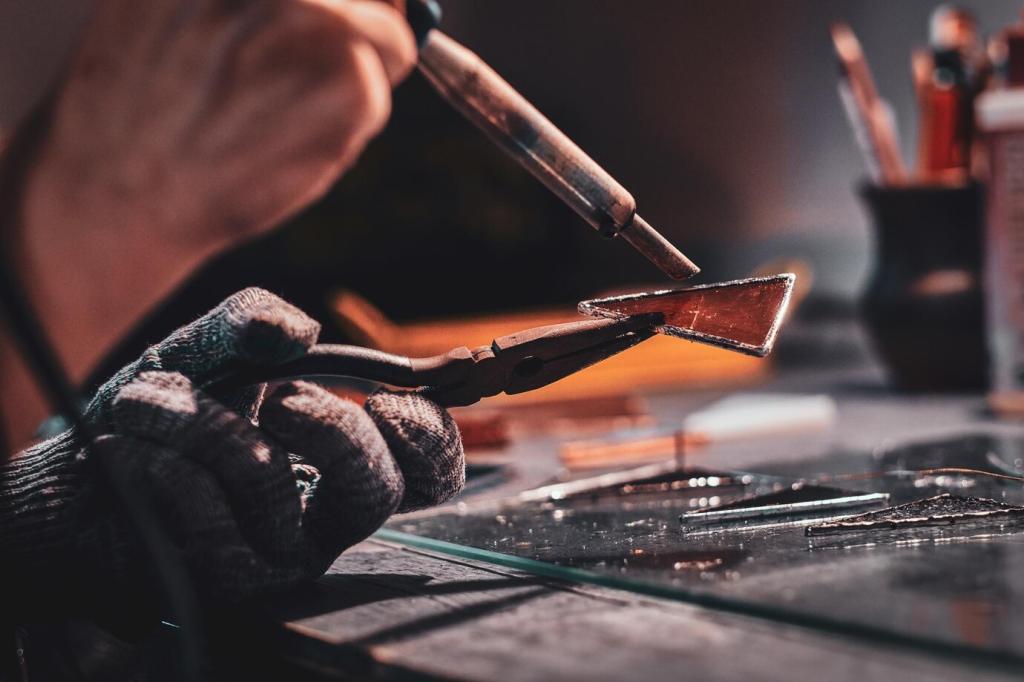Prevention: Keep Scratches from Returning
Add wool felt pads under chair legs, use cork coasters, and lift furniture when moving instead of pushing. These tiny habits prevent grind marks, saving you from repeat repairs and conserving time, materials, and energy.
Prevention: Keep Scratches from Returning
Maintain steady indoor humidity to prevent wood from shrinking and cracking. Diffuse harsh sunlight with curtains to reduce finish brittleness. Healthier wood and finishes resist scratches better, keeping your eco-friendly repairs effective longer.
Prevention: Keep Scratches from Returning
Dust with microfiber, and clean sticky spots using diluted castile soap rather than ammonia or abrasive powders. Finish with a light plant-based wax buff. Share your go-to routine and favorite cloths so others can learn from your setup.



